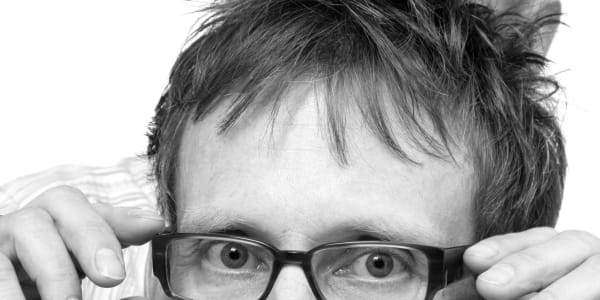Technician Kevin Potter on the Digital Print workshop
The Digital Print workshop allows CSM students to output their work through inkjet, thermal wax, laser, risograph and eco UV and eco solvent printers. Students from most courses will use the area at some point during their studies, whether it is for exhibition prints, portfolios, look books, large format posters, window graphics or printing onto more unusual substrates like metal, wood, glass, plastic, fabric or found objects.
This area may also be used as part of a workflow that utilises other workshops and mixes both analogue and digital processes. We have a few Macs and PCs for file preparation and output, a couple of trimmers, a guillotine, laminator, paper folder and a limited amount of space for finishing.
Staff are available to help and advise students and are also able to suggest alternative print options and places if needed.
Attention current students
Please note that Digital Print is not a print on demand service. Output onto Digital Print’s media is done via online submissions. Output onto students’ own media and P+C needs to be booked, in advance
-

Image courtesy of Central Saint Martins,
Kevin Potter
View Kevin's Technician profile